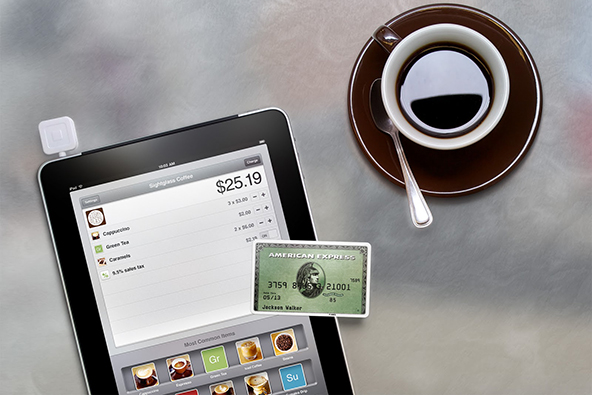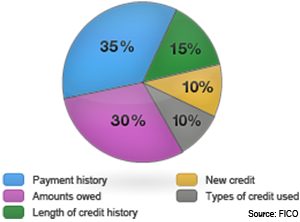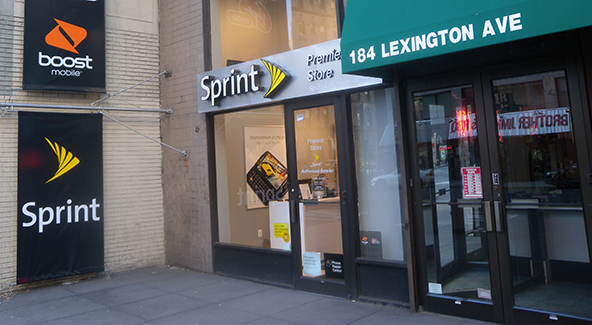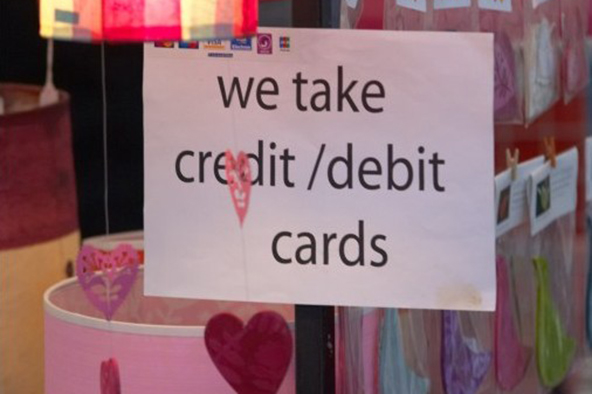Why Square Is Winning the Mobile Payments War

Square is everywhere these days. You can find it at farmers markets, fairs, hot dog carts and I recently read somewhere that Barack Obama and Mitt Romney will be using the service to accept credit card donations in their fund raise drives. So it seems to me that by now anyone who ever had doubts about the merits of Jack Dorsey’s mobile payments idea should have been won over.
But why has Square been so successful? It has plenty of competition and at least one of its rivals — Intuit’s GoPayment — has mounted a solid challenge, offering reliable service at rates that seem to be better than Square’s. And yet, it is Jack Dorsey’s card reader that is sold at an ever increasing number of retailers, ranging from Apple to T-Mobile to Wal-Mart. And it is Square that is making the mobile payments headlines. Why is that? What makes Square so much more successful than its competitors? Well, there are several reasons, but at the core of Square’s dominance is the company’s commitment to transparency and simplicity. Let me elaborate.
Square vs. GoPayment Redux
We first weighed in on the Square vs. GoPayment issue more than a year ago, but both companies have since tweaked their pricing models and we now have more information to consider. And when you look closely into the details, you understand why Square is winning the war.
At first glance it looks as if GoPayment’s pricing model is slightly better than Square’s. Intuit’s outfit states it charges 2.7 percent for swiped transactions and 3.7 percent for key-entered ones and the company has an even better-looking plan for “high-volume” applicants, with rates of 1.7 percent and 2.7 percent, respectively. The corresponding rates for Square are 2.75 percent and 3.5 percent plus $0.15 per transaction.
However, this is not the whole story. Not for GoPayment that is. When you begin digging deeper into GoPayment’s pricing disclosures, you find that there is more than meets the eye. Here is how the fine print reads for the 2.7 percent / 3.7 percent plan:
* “Card-Swiped Rate” of 2.70% will be charged on qualified swiped Visa/MC/Discover Network transactions that are electronically authorized. “Key-Entered Rate” of 3.70% will be charged on all qualified manually keyed Visa/MC/Discover Network transactions that have AVS. All Visa/MC/Discover Network transactions that do not meet the requirements stated above, business cards, foreign cards and transactions that do not meet Visa/MC/Discover Network requirements for the best interchange program will be charged a “Non-Qualified Rate” of 3.70%. Non-Qualified transactions are charged an additional $.07 each. Different discount rates for American Express may apply. Card-swiped rates require a reader available, sold separately. Card reader functionality not available for all services.
** 0.30% downgrade will be charged for transactions whenever a CNP or Card Not Present Charge occurs. CNP means a Charge for which the Card is not presented at the point of purchase (e.g., Charges by mail, telephone, fax or the Internet), is used at unattended Establishments (e.g., customer activated terminals, called CATs, or which the transaction is key-entered).
The corresponding disclosure for the 1.7 percent / 2.7 percent plan is almost identical, with the differences being that the “2.70%” and “3.70%” rates in the first two sentences are replaced with “1.7%” and “2.7,” respectively.
Square, on the other hand, charges 2.75 percent for all swiped Visa, MasterCard, Discover and American Express transactions and 3.5 percent plus $0.15 for all key-entered ones. Period.
I could go on calculating what the real GoPayment average rate would be, based on what we learned in the disclosures and on industry averages of “qualified” versus “non-qualified” transactions (and it would be much higher than Square’s), but that would be entirely beside the point. The point is that when you hide the real cost of your service in the fine print, you alienate your potential customers. I think that goes a long way toward explaining why Square is so successful in signing up new users, while GoPayment is not. But Square’s success extends to winning over big-name partners as well.
Why Apple Loves Square
Square is sold in Apple’s online and physical stores, as well as in Wal-Mart and in many other big-name retailers, while GoPayment is not (with the exception of Verizon). Why? Well, for the same reasons that make Jack Dorsey’s proposition so irresistible to end users: transparency and simplicity. The only difference is that, while you can fool some consumers, you can’t do so with many of these retailers.
Many users will never read either Square’s or GoPayment’s full service agreements. Most will rely instead on what they hear from friends who have used these services and what they read about them. However, any retailer will minutely examine all aspects of the service, including the entire user agreement, before deciding on whether to put it on its shelves. Retailers can’t take chances, because customer discontent with anything purchased at their stores will first be directed at them, even though someone else actually provides the service. Is it surprising then that retailers choose Square over GoPayment?
The Takeaway
So it is absolutely no surprise that Square should be winning the mobile payments war. The company has put everything on the table and is hiding nothing underneath it. Of course it helps that Square has raised many tens of millions of dollars from investors and has been spending it with abandon on advertisement.
But it is also a fact that Jack Dorsey and company are the ones who lead and innovate, while all of their competitors are merely imitating what Square does and trying to put a better spin on it. However, end users like the original much better, and for good reason.
Image credit: Squareup.com.


